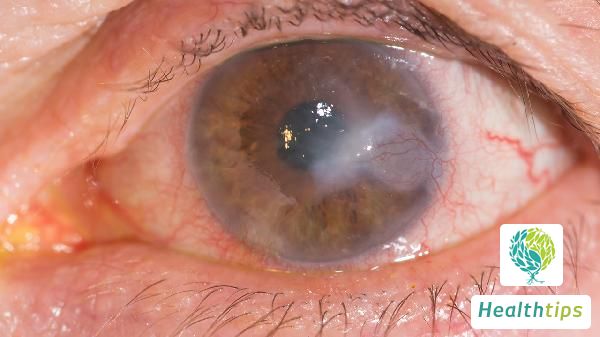"What Should I Do If I Have Aplastic Anemia?"
Aplastic Anemia Treatment Overview
Aplastic anemia, a hematological disorder, necessitates prompt medical attention and individualized treatment plans under the guidance of healthcare professionals. The therapeutic approaches primarily encompass general management, pharmacological interventions, and hematopoietic stem cell transplantation.

1. General Management
Patients are advised to abstain from harmful exposures such as radiation and toxic chemicals. Maintaining personal hygiene, keeping skin clean, and preventing infections are crucial. Additionally, patients should prioritize rest, avoiding strenuous activities and excessive fatigue.
2. Pharmacological Interventions
For mild to moderate anemia, erythropoietin (EPO) can be administered to stimulate bone marrow hematopoiesis. In cases of severe infections, antibiotics are prescribed for anti-infective therapy. Patients with thrombocytopenia may receive recombinant human thrombopoietin (rhTPO) for treatment.
3. Hematopoietic Stem Cell Transplantation (HSCT)
For patients with severe aplastic anemia, HSCT represents the only potentially curative option. By infusing healthy hematopoietic stem cells into the patient, normal blood cell production can be restored.
In addition to the aforementioned treatments, immunosuppressants, androgens, and erythropoietin may also be employed, though the specific regimen is tailored to the patient's condition and overall health status.
It is imperative for patients diagnosed with aplastic anemia to seek timely medical attention and adhere to standardized treatment protocols under medical supervision. Furthermore, dietary adjustments and lifestyle modifications are encouraged to facilitate recovery.



















